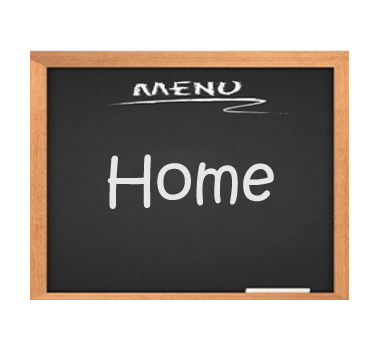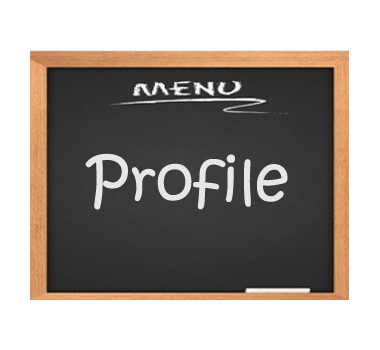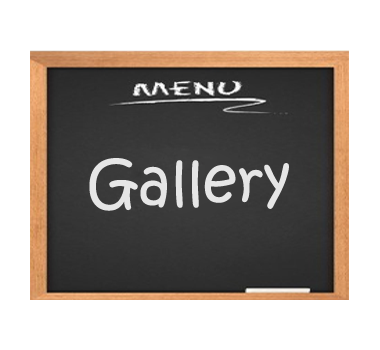TYPE OF CUTLERIES
|
FUCTION
|
Dinner Fork
|
·
This is the long-tined fork
you're used to.
·
This worked beautifully for
things like meat. However, it doesn't work so well with peas or corn or such.
·
More tines were added to make
it easier to capture a variety of things from meat to legumes to vegetables.
|
Salad Fork
|
- Same general idea of a dinner
fork but it's a bit smaller and the tines are shorter.
- Notice that the tines are not
an equivalent length apart. You've got one tine that's a bit wider (and
sometimes notched)
- This designed allows you to
get more leverage will dining. See, there is some method to the madness.
- Here's the rule on salad
forks: if your main course is a salad or if your salad is served as a side
dish to your entrée, use your dinner fork.
|
Fish Fork and Knife
|
- These will usually be silver.
- It's not just to be snooty.
Fish is often served with lemon, which will react with steel and will create
an unpleasant taste.
- So, if you're going to bother
to go all out and buy the fish fork and knife set, make sure it's silver.
- As you may be able to tell,
the tines on a fish fork are shorter than a traditional meat fork.
- But a fish fork's tines are
evenly spaced. The knife will usually be your dead giveaway.
- It will be in the same place
in a place setting on the opposite side. These knives are not designed for
cutting, they're more supposed to be used for separating the fish meat from
the bone cleanly.
- This knife is meant to be held the same way
as the knife you're more familiar with, so don't worry.
|
Seafood Fork
|
- These look like something
Poseidon might yield.
- It can either have two or
three short tines and is usually built to a) follow the shape of a shell
and/or b) get into small spaces and spear the meat.
|
Beef Fork
|
- A fork used specifically for
picking up thin slices of meat (as you can guess beef would qualify).
- It's shaped like a regular
fork but it's bigger and the tines are curved outward.
|
Relish Fork
|
- This is sometimes called a
condiment fork.
- If you see it, it looks like a mini fork
with a long handle but look carefully. There are two or three tines and
they're set very close together. Often, but not always, the ends of the tines
will be slightly splayed in order to hold more.
- All of this makes sense when
you think of what relish and chutney are.
- A relish fork allows for
liquid to drain off which will make less of a mess and keep whatever food the
server is topping from getting soggy. In a pinch, just use a seafood fork.
|
Teaspoon
|
- A small spoon (not the
measuring spoon) that is supposed to be used for ready? ONLY BEVERAGES
(though, actually, coffee does have its own spoon)
- Yeah, the theory is that
everything else served at the table either has a separate spoon or does not
require one.
|
Tablespoon
|
- A large spoon that is
nowadays, usually used for serving rather than eating.
- So, naturally, the cutlery tablespoon holds
the equivalent of the measuring spoon tablespoon.
- Actually a cutlery tablespoon
holds less than a tablespoon.
|
Soup Spoon
|
- What's the difference between
a tablespoon and a soup spoon. A tablespoon is oval-shaped.
- Because style is the name of
the game, the shape will vary from set to set. But if we're talking standard
definitions, a soup spoon has a rounded bowl rather than ovoid.
- It is also supposed to be slightly less than
a tablespoon. These, of course, are the definitions for a Western soup spoon.
Chinese soup spoons are usually made of ceramic and flat-bottomed.
|
Dessert Spoon
|
- It may be difficult to tell a
dessert spoon from a soup spoon.
- Traditionally, the shape is
ovoid (like a tablespoon) but the size is roughly the same size as a soup
spoon.
- It will almost always be
placed above the plate (specifically so that it doesn't get confused).
|
Steak Knife
|
- Your steak knife will be
over-sized (and if it's family oriented, the tip will be rounded) with
smaller serrations
- A more upscale restaurant
will give you a smaller sharper knife with a pointed tip.
|
Butter Knife
|
- Smaller than a dinner knife
or a steak knife and usually (but not always) with a rounded tip.
- You should ONLY use it to cut
and spread butter.
|




















No comments:
Post a Comment